10 Global Spice Traditions That Will Take Your Vegan Dishes from Bland to Brilliant
If you thought vegan food was all about salads and lentils, think again! With the right spice blend, a humble bowl of roasted veggies can turn into a culinary passport stamp. From the smoky depths of North African ras el hanout to the zesty kick of Mexican adobo, global spices are your secret weapon to creating plant-based dishes that pop with flavor.
Table of Contents
- Why Spices Are the Vegan Chef’s Best Friend
- A World Tour of Global Spice Traditions
- Spice Hacks for Vegan Cooking Mastery
- Spice Comparison Table: Heat, Smoke, and Soul
- Conclusion: Unlocking Flavor Without the Animal Products
Why Spices Are the Vegan Chef’s Best Friend
Vegan cooking is often associated with health benefits and ethical eating—but let’s be real, if it doesn’t taste good, most people won’t stick with it. Enter: spices. They’re not just flavor boosters; they’re flavor transformers. Think of them as nature’s MSG (minus the weird aftertaste).
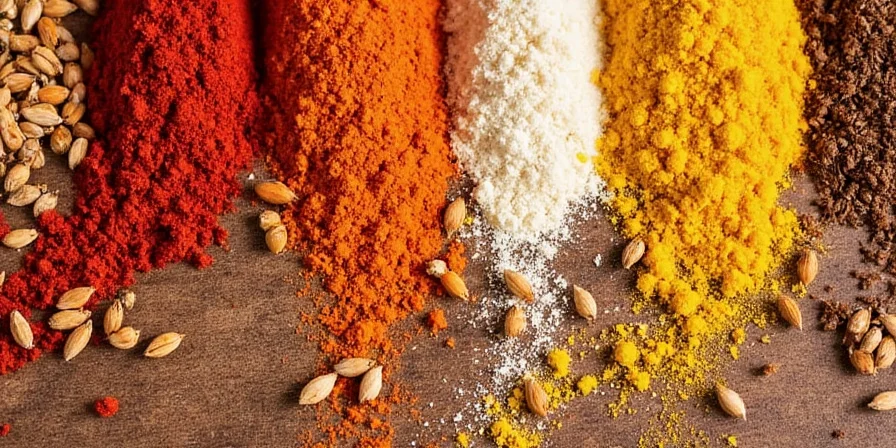
The Magic Behind the Mix
- Aroma: Spices add layers of scent that make your kitchen smell like a restaurant kitchen (minus the smoke alarm incident).
- Complexity: Whether it's earthy turmeric or fiery za’atar, each spice adds a unique flavor note.
- Heat: Some spices bring the heat without drowning your dish in chili oil.
A World Tour of Global Spice Traditions
Let’s take a culinary journey around the globe and discover how different cultures use spices to elevate their plant-based dishes.
1. Garam Masala – India
This warm, aromatic blend is a staple in Indian kitchens. It typically includes cinnamon, cardamom, cloves, cumin, coriander, and black pepper. Use it in curries, dal, or even roasted sweet potatoes.
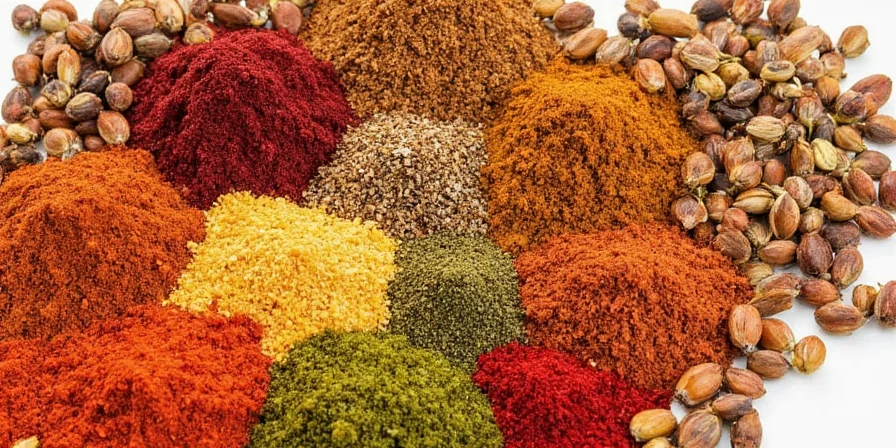
2. Ras El Hanout – North Africa
Literally meaning “top of the shop,” this blend can have over 30 ingredients, including cumin, ginger, cinnamon, paprika, and turmeric. Perfect for spicing up chickpeas or eggplant tagines.
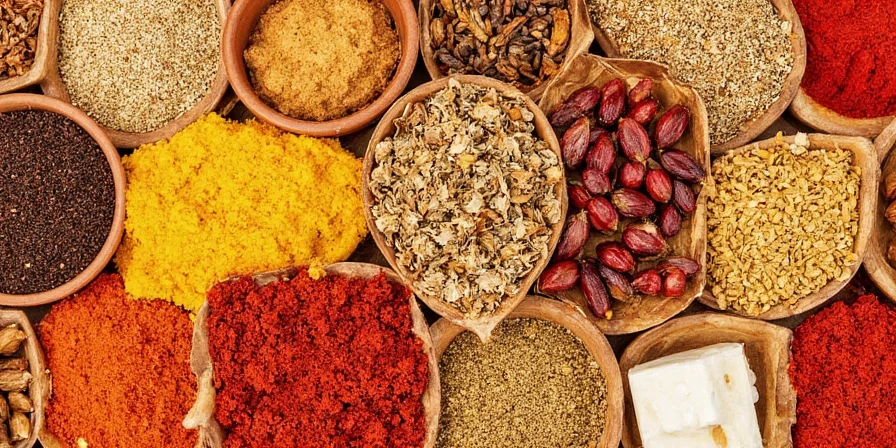
3. Za’atar – Middle East
A tangy, herbal blend with thyme, sumac, sesame seeds, and salt. Sprinkle on flatbreads, falafel, or drizzle olive oil and dip pita slices.
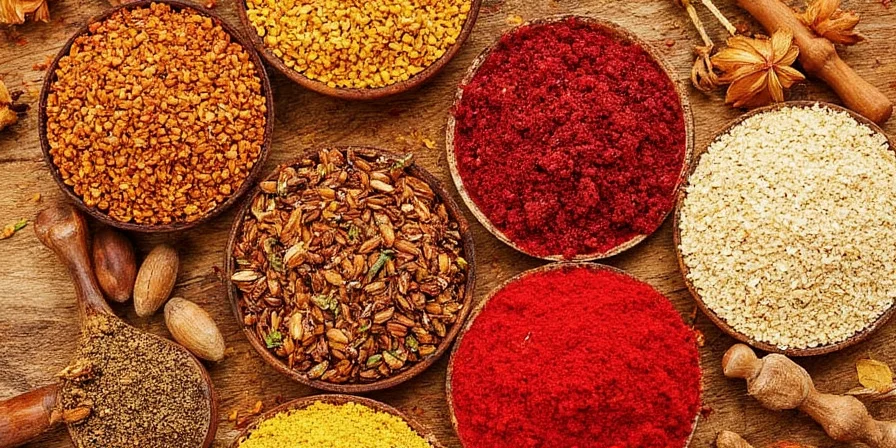
4. Baharat – Lebanon
Similar to garam masala but more floral, featuring black pepper, cumin, cinnamon, nutmeg, and cloves. Great for tofu scrambles or lentil stews.

5. Adobo – Mexico
Smoky, rich, and slightly sweet, adobo blends often include ancho chili, garlic, oregano, cumin, and vinegar. Toss with jackfruit tacos or roasted squash for a southwestern flair.
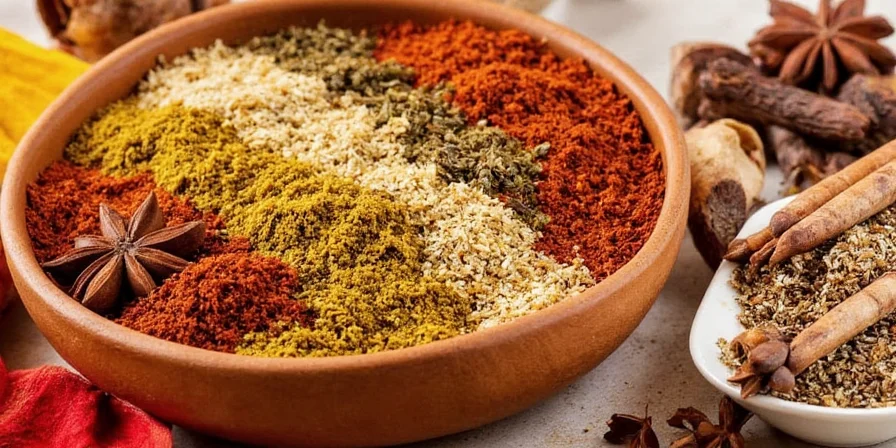
6. Curry Powder – Thailand
Thai curry pastes are technically wet mixes, but dry curry powders are also available. Red, green, or yellow—each brings bold heat and depth. Try in coconut milk-based soups or stir-fries.
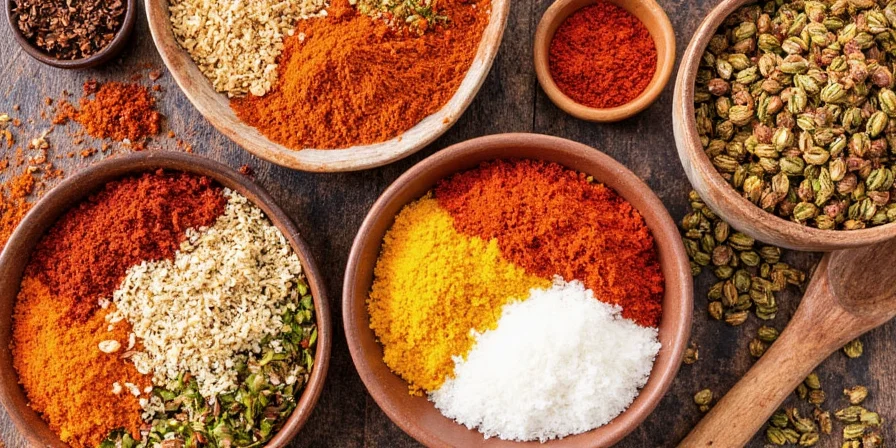
7. Chinese Five-Spice – China
Sweet and savory notes with star anise, cloves, Szechuan pepper, fennel seeds, and cinnamon. Stir-fry tofu or roast cauliflower for a crispy finish.
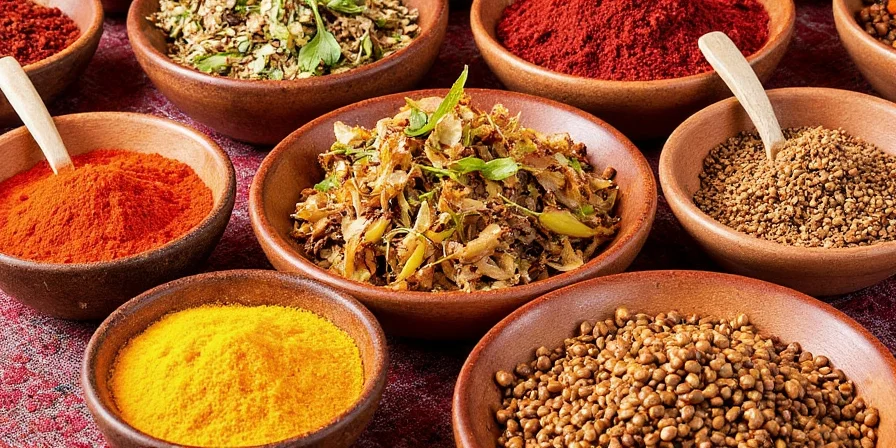
8. Berbere – Ethiopia
Pungent and spicy, this red-hot blend includes chili, ginger, garlic, fenugreek, and korarima. Use in lentil dals or chickpea stews for authentic Ethiopian vibes.
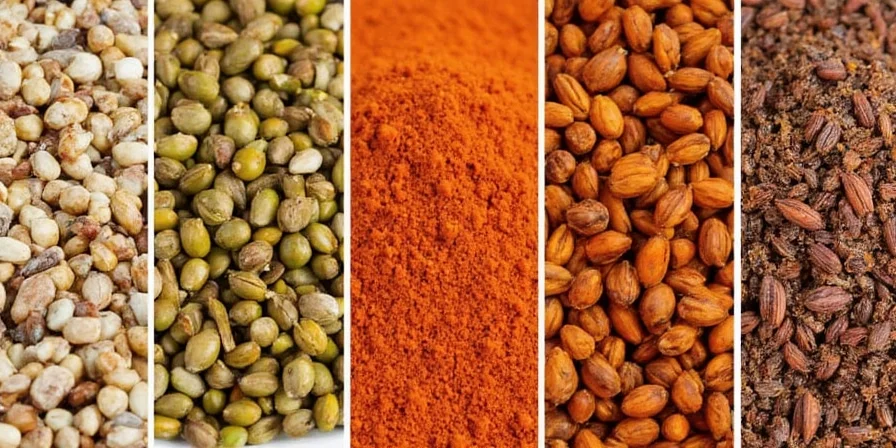
9. Harissa – Tunisia
Technically a paste, but dried versions exist. Fiery, smoky, and garlicky. Swirl into hummus or spread onto grilled eggplant for instant flavor magic.
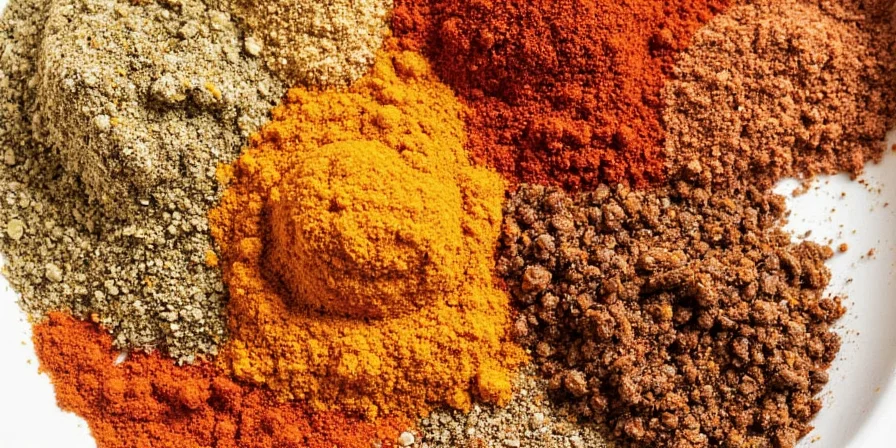
10. Vadouvan – France/India Fusion
A French twist on Indian flavors with shallots, curry leaves, and toasted spices. Use in sauces, vinaigrettes, or sprinkle on roasted carrots.
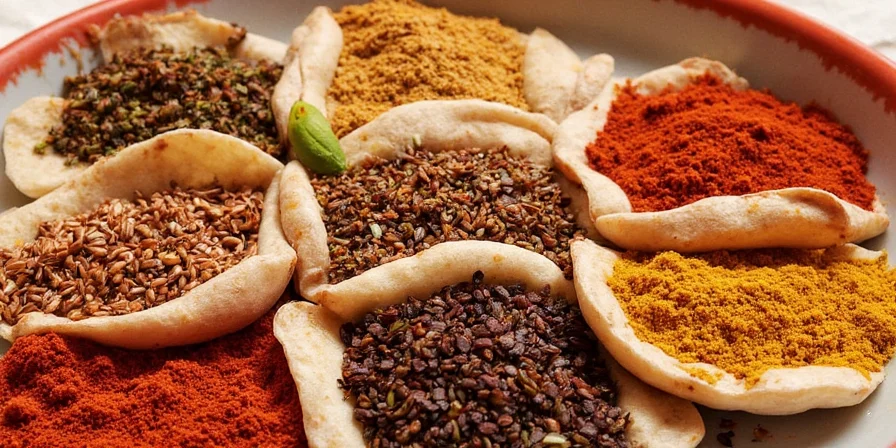
Spice Hacks for Vegan Cooking Mastery
Now that we’ve explored the world of spices, here are some practical tips to help you unlock those global flavors in your own kitchen.
Tips to Level Up Your Vegan Game
- Bloom Your Spices: Toast ground spices in oil before adding liquid. This releases their essential oils and intensifies flavor.
- Layer Flavors: Add fresh herbs later in the cooking process to keep their bright flavors.
- Dry Rubs Rule: Use spice blends as rubs for roasted veggies or tofu steaks.
- Make a Spice Paste: Combine spices with garlic, oil, or citrus juice for an instant marinade or sauce base.
- Balance Is Key: Pair spicy with sweet, salty with acidic. Don’t forget texture!
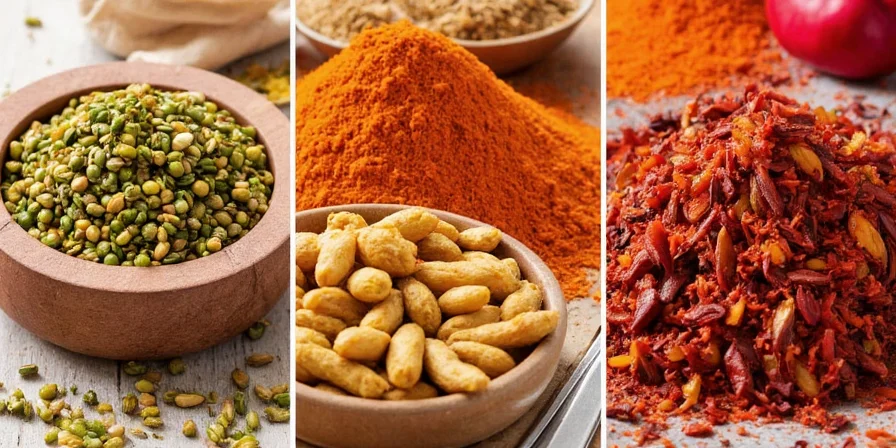
Spice Comparison Table: Heat, Smoke, and Soul
| Spice | Origin | Flavor Profile | Best For | Heat Level |
|---|---|---|---|---|
| Garam Masala | India | Warm, sweet, earthy | Curries, roasts | Low |
| Ras El Hanout | Morocco | Earthy, floral, complex | Tagines, lentils | Moderate |
| Za’atar | Middle East | Tangy, herby | Flatbreads, dips | Low |
| Baharat | Lebanon | Floral, peppery | Stews, rice | Moderate |
| Adobo | Mexico | Smoky, sweet, spicy | Tacos, beans | High |
| Thai Curry | Thailand | Fiery, aromatic | Coconut soups | Very High |
| Chinese Five-Spice | China | Sweet, anise-forward | Tofu, noodles | Low |
| Berbere | Ethiopia | Spicy, pungent | Dals, stews | High |
| Harissa | Tunisia | Fiery, smoky, garlicky | Hummus, eggplant | Very High |
| Vadouvan | France/India | Oniony, nutty, exotic | Sauces, veggie sides | Moderate |
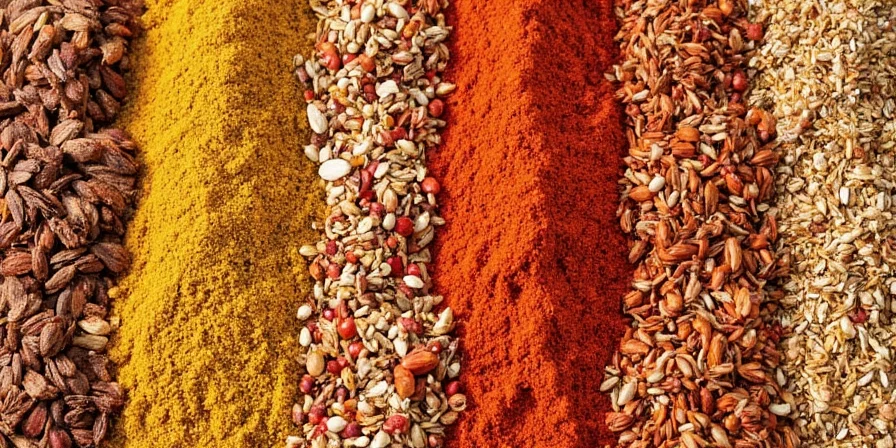
Conclusion: Unlocking Flavor Without the Animal Products
You don’t need meat to make your meals sing. With these global spice traditions, you can transport your taste buds across continents—all while keeping your plate plant-based and your conscience clean. Whether you're a seasoned vegan chef or just starting out, the world of spices offers endless opportunities to experiment, explore, and excite your palate.
So next time you open your spice drawer, think less pantry, more passport. And remember: when it comes to vegan cooking, flavor is always in season.
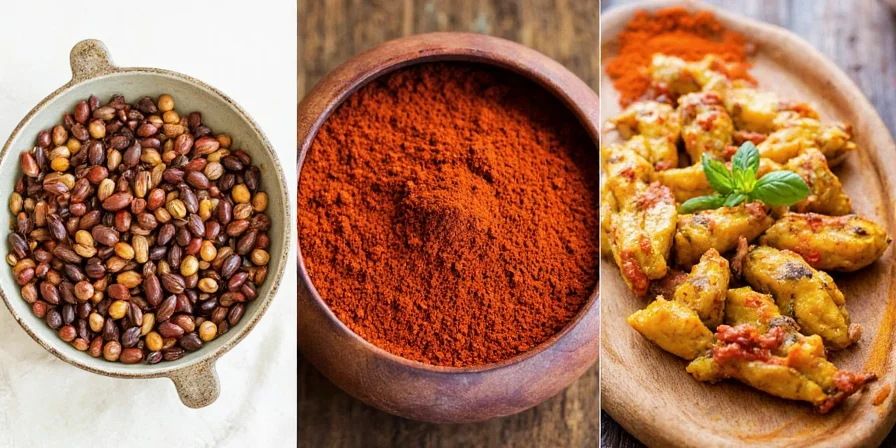
Got a favorite spice or recipe? Share your thoughts in the comments below—or better yet, grab a bag of global spices and start experimenting!

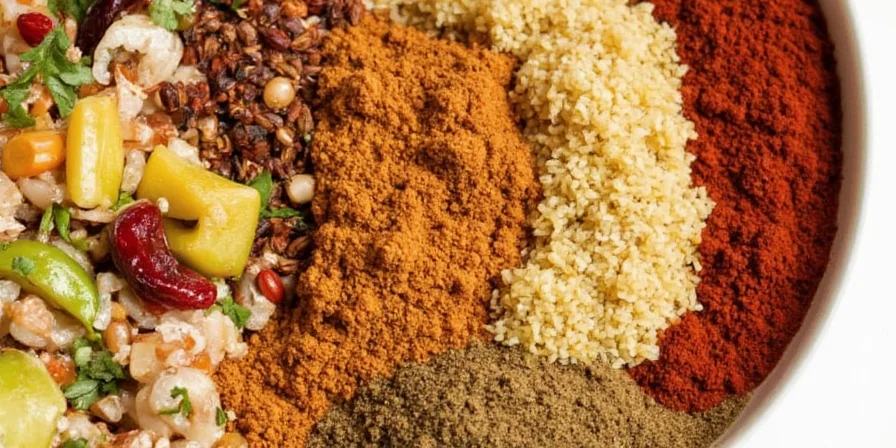









 浙公网安备
33010002000092号
浙公网安备
33010002000092号 浙B2-20120091-4
浙B2-20120091-4